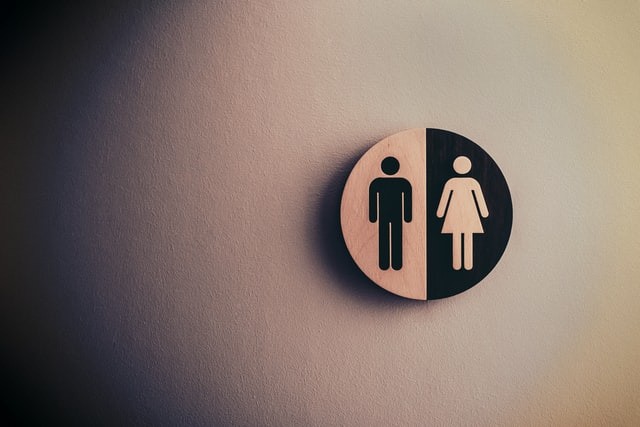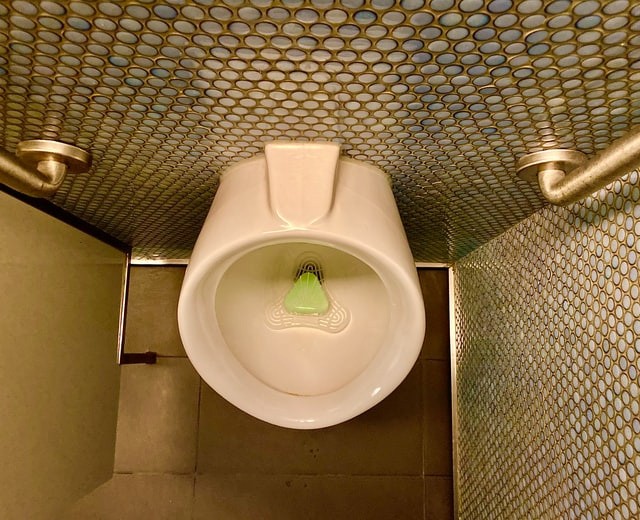It was recently published that leaving the toilet lid open when you flush could help spread the Coronavirus. According to a report by Techtimes, the chances of spreading the virus increases if the toilet is left open.
The SARS-CoV-2 virus, which causes COVID-19, can spread through human contact and through contaminated surfaces, as well as through droplets that could come from secretions from the mouth or nose. If a person positive of Coronavirus defecates and left the toilet lid open, for example, there will be a higher chance that the virus could circulate in the air. To avoid this, a new "Smart Toilet" was developed that can analyze a person's feces to know if they have contracted the disease.

Coronavirus Analyzed By Smart Toilets Through Feces
'Smart Toilet' can analyze a person's feces if they are infected by COVID-19
According to the report n CNet, a new "Smart Toilet" was designed by researchers from Stanford University that can analyze a person's feces and urine for various forms of cancer and other diseases. The designed toilet can also identify a person by scanning their unique fingerprints as well as anal prints. The findings, gathered from 21 participants who were tested using the smart toilets for several months, was published in Nature Biomedical Engineering Science Journal on April 6.

"Our concept dates back well over 15 years. When I'd bring it up, people would sort of laugh because it seemed like an interesting idea, but also a bit odd," said the lead researcher of the study, Sanjiv Gambhir.
"The smart toilet is the perfect way to harness a source of data that's typically ignored, and the user doesn't have to do anything differently," he added.
Sanjiv envisions that the smart toilet will be part of the average person's bathroom -- although the concept might take some time to acquire and get used to.
How does the 'Smart Toilet' analyze a person's feces?
The toilet used for the study was a regular unit in which the researchers attached high tech motion-sensing devices. The device can record video of the person's urine and feces which are analyzed through a process involving complex algorithms.
The toilet can also determine the stream time and volume of the urine, as well as feces viscosity. The self-contained smart toilet, which operates through motion sensors and leveraging pressure, works by tracing the urine's red-green-blue values from the images of urinalysis strips through the use of a standard-of-care-colorimetric assay.
It can calculate the volume and flow rate of the urine using a computer vision acting as a uroflowmeter. The smart toilet can also classify stool samples according to the Bristol Stool Form Scale using deep learning.
Also Read: Coronavirus Fact: Don't Leave Your Toilet Lid Open; You Might be Spreading the Virus
ⓒ 2025 TECHTIMES.com All rights reserved. Do not reproduce without permission.




